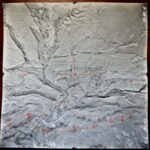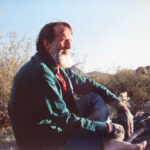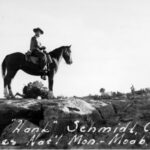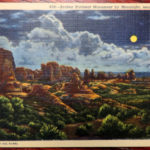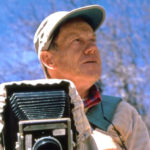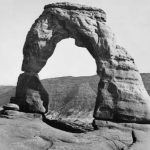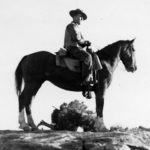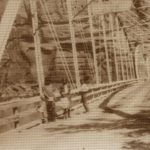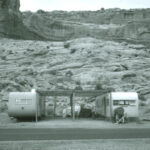
One could make the argument that without the invention and development of the travel trailer, Moab’s Uranium Boom of the 1950s would have been even more chaotic than it was. Until Charlie Steen’s life altering discovery of uranium at Big Indian, 30 miles south of town, Moab was a sleepy little village most noted for its orchards. And it’s a good guess that many of those original settlers were appalled by the mass migration to Moab. Others welcomed the excitement and the prospects of a more vibrant economy. Moab has never been a town to agree on much of anything. The debate still rages.
In any case, would-be miners and prospectors flocked to Southeast Utah, only to find a community that was not in any way prepared to handle the Boom.

